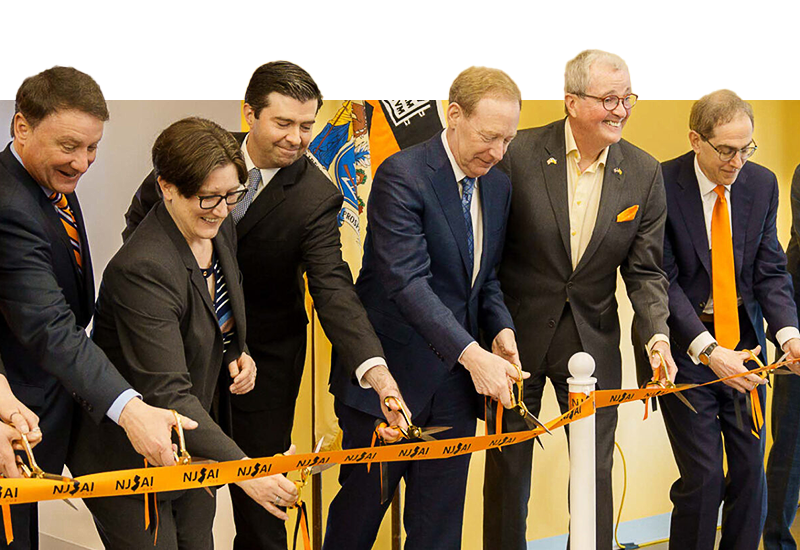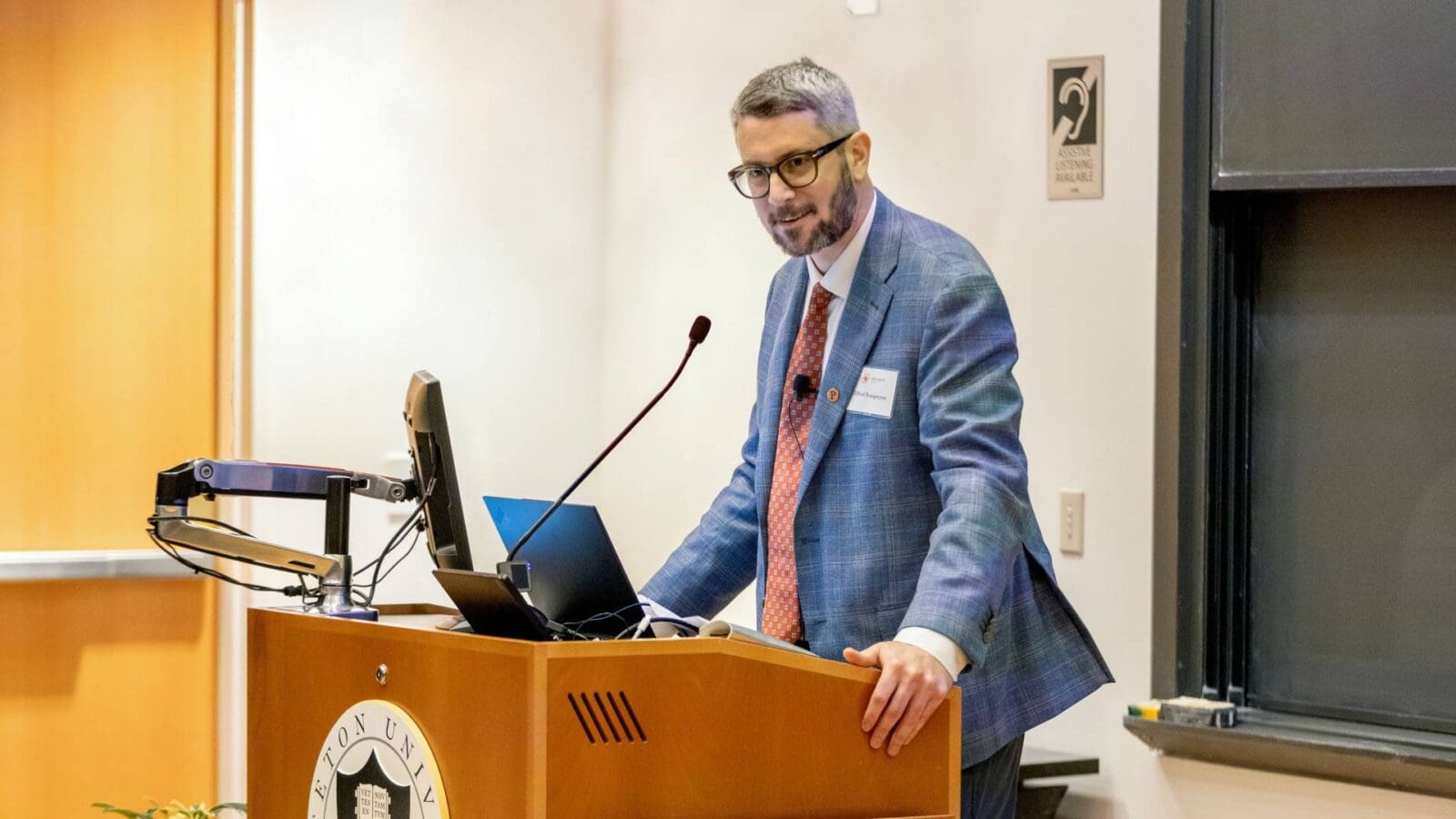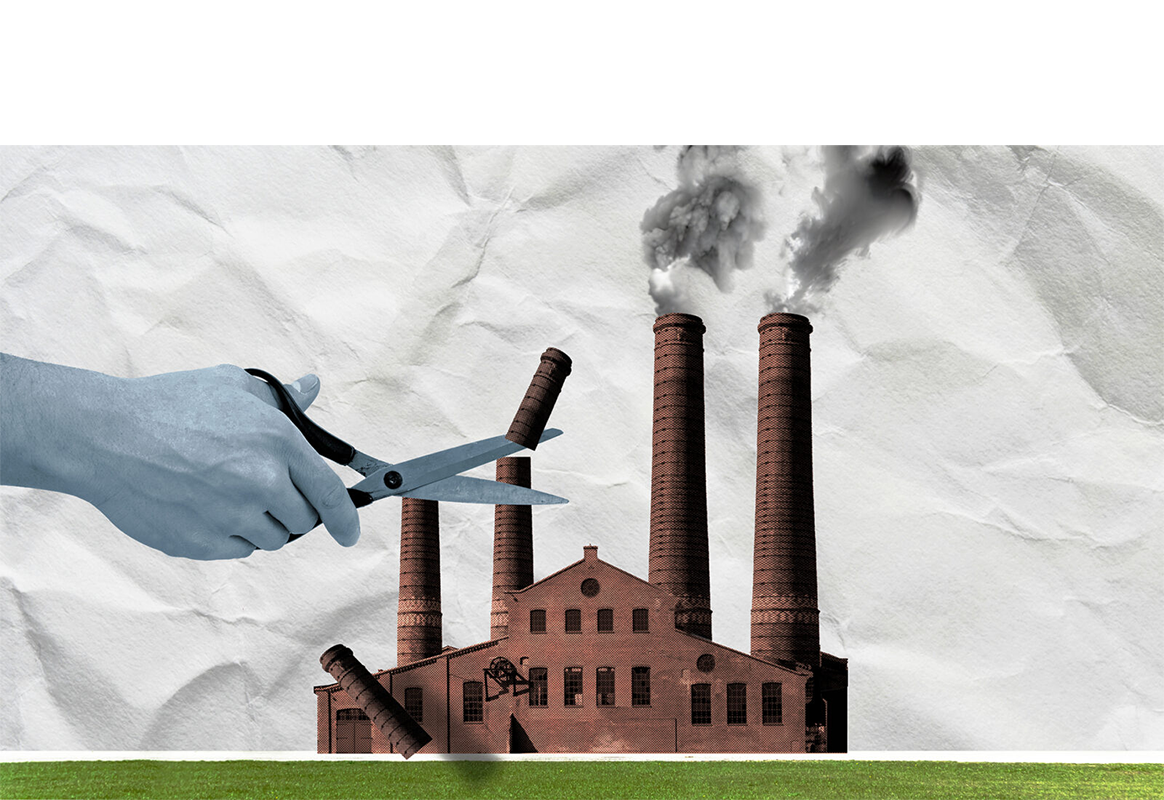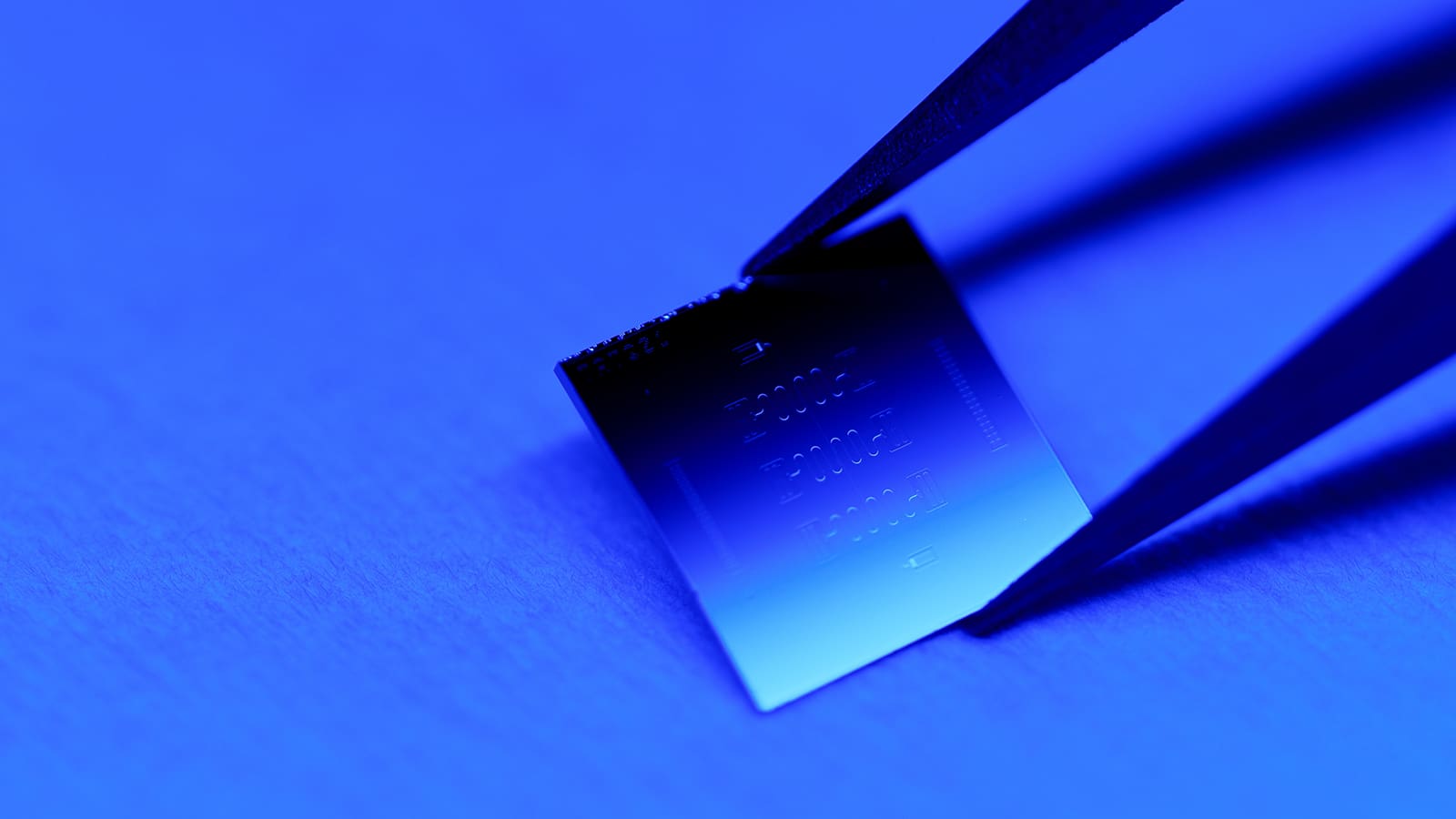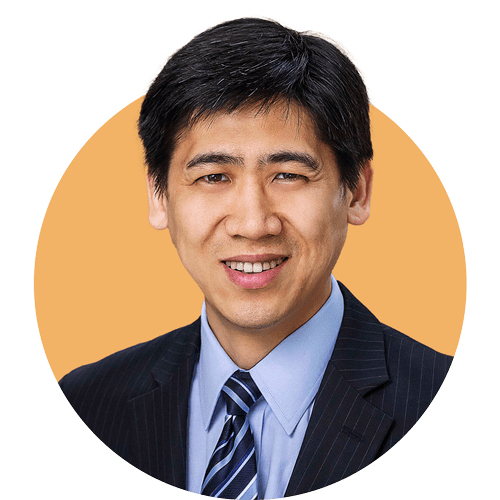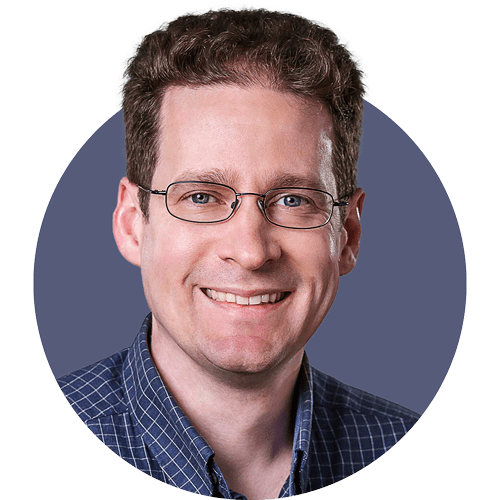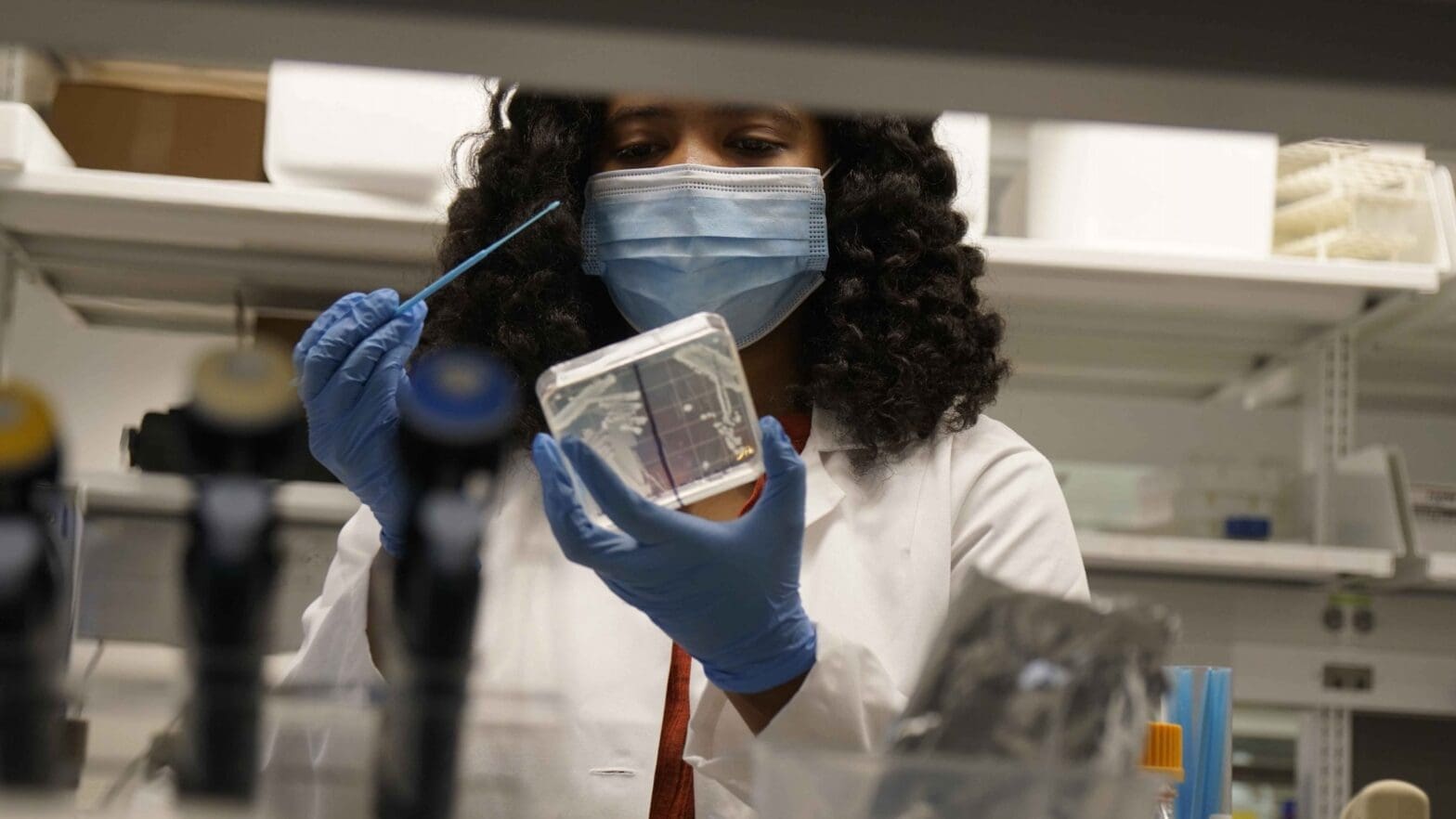
Part Six: ‘Venture out into new territories’
By
on
This is from the series E100: Princeton Engineering’s 100th anniversary
#34
Materials at Princeton: A remarkable story
In this video, Craig Arnold, director of the Princeton Institute for Materials, talks about what makes the institute special. This center was created in 2004 through the merger of the Princeton Center for Photonics and Optoelectronics and the Princeton Materials Institute. Its technical research focuses on quantum materials science, living and soft materials, advanced manufacturing, optical materials, natural and engineered materials for energy, environment, and sustainability and more. Its main facilities are housed in Bowen Hall, constructed in 1992 with a gift from Sir Gordon Wu, who received his BSE in civil engineering in 1958. A primary objective of the Institute is to encourage interaction and collaboration with industry, government and academic institutions. One remarkable example of such partnerships was work with Universal Display Corporation to develop organic light emitting diode technology for use in 4K televisions and Samsung Galaxy smartphones. The Institute offers a formal undergraduate program leading to a Certificate in Materials Science and Engineering. At the graduate level, the Institute offers joint Ph. D. degree programs with participating academic departments. The institute operates two world-class laboratory facilities next door in the Andlinger Center building: The Imaging and Analysis Center, and the Micro and Nanofabrication Laboratory (better known on campus as the “clean room”). Both facilities are professionally staffed, offer extensive training, and are open to all members of the Princeton community as well as external users.
#35
Which early Princeton civil engineering student went on to design the foundation of old Yankee Stadium?
The first Yankee Stadium, 1923-2008, may have been known as The House that Ruth Built, but it is unlikely that The Sultan of Swat ever lifted a pen to design it or a hammer to build it. In fact, it was this 1915 Princeton graduate who built the foundation. He was a product of the first engineering program at Princeton, civil engineering, which predated the school by nearly 50 years. Who was he?
He was Carlton Proctor, Class of 1915. His firm designed the foundations for old Yankee Stadium, the George Washington Bridge, and the United Nations Building in New York. In a 1925 piece for Princeton Alumni Weekly, he outlined several of these projects, including the challenge of building the Yankee Stadium grandstands over conditions that ranged from solid bedrock to thick peat deposit, silt and quicksand. At the time, he was president of the Princeton Engineering Association, an alumni group that had pushed Princeton to create the School of Engineering in 1921. (Photo: Carlton S. Proctor at Gilbert dam, 1952. Luis Casero Guillén collection. Image courtesy of Cuban Heritage Collection, University of Miami Libraries, Coral Gables, Florida. Used with permission.)
#36
“The Princeton School of Engineering and Applied Science is a very collaborative environment.” – Annabel Lemma, graduate student in chemical and biological engineering.
A grad student in Mark Brynildsen’s lab, Annabel Lemma works on bacterial persisters, a tiny subset of bacteria that can withstand antibiotic treatment without being genetically mutated. Annabel said she appreciates the ability to collaborate with students and faculty not only from her area of engineering, but also from computer science, and areas outside of the engineering school such as molecular biology and quantitative and computational biology. “The faculty are always open to listening to your ideas and willing to help you venture out into new territories of interest,” she said. “I also love the fact that the mentorship and advising I receive at the school is not only centered on producing data for papers but incorporates elements for personal growth in technical and analytical skills, leadership and professional development.” This is the 36th of 100 facts to celebrate Princeton Engineering’s 100th anniversary! #PrincetonE100 #princetonengineering #womeninstem #chemicalengineering #biologicalengineering
#37
Which engineering professor was awarded the Nobel Prize?
One member of the Princeton Engineering faculty has won the Nobel Prize, in physics. This person, now emeritus, was recognized for their groundbreaking work in solid-state physics, which continues to be studied by physicists to this day. Who is this retired faculty member?
He is Daniel Tsui, the Arthur LeGrand Doty Professor of Electrical Engineering, was awarded the Physics Nobel Prize in 1998. His work built upon the “Hall Effect,” a century-old understanding of the flow of electrons (negative particles) and holes (positive particles) in a semiconductor placed in a magnetic field: electrons move to one side, and holes move to the other. That separation creates a charge, which is measured as voltage. Tsui focused on the behavior of electrons in a two-dimensional plane placed in a strong magnetic field. His work led to the discovery of the “Fractional Quantum Hall Effect,” which helped further understand the behavior of electrons and the physics of a quantum fluid. Almost 40 years after the discovery of Tsui and his collaborators, it remains a vital field of study in solid state physics. Tsui came to Princeton in 1982 after 14 years at Bell Labs and retired from the Department of Electrical Engineering in 2010. He remains a senior scholar with the department, which was recently renamed Electrical and Computer Engineering.
#38
“Our facilities here are great, and there’s also a really nice emphasis on diversity within our community here…” – Joshua Jack, postdoc in Z. Jason Ren’s lab.
Joshua Jack is a postdoc in Z. Jason Ren’s lab in Civil and Environmental Engineering and the Andlinger Center for Energy and the Environment. The WET (Water & Energy Technologies) Lab works in areas like wastewater treatment and reuse, water desalination, remediation, and carbon capture and utilization. Jack is working on a project to turn waste products into everyday fuels and chemicals. The biohybrid system first takes waste carbon dioxide, and uses an electrochemical cell to turn that CO2 into an intermediate product. In a second stage, the members of the lab use microbes to consume that product, which creates chemicals to use in making a large portfolio of everyday products like solvents, bioplastics, and transportation fuels. The project is being conducted in collaboration with the U.S. Department of Energy and Shell. “Our facilities here are great, and there’s also a really nice emphasis on diversity within our community here, and a lot of cross-cutting research that inspires good friendships within the lab,” as well as professional relationships on campus and beyond, he said. In this picture, he is holding a test tube of Clostridium ljungdahlii, a CO2 consuming microbe.
#39
In what year did the School of Engineering add “and Applied Science” to its name?
The School of Engineering has seen plenty of changes over the years, including in its changing departments, its increasingly larger locations, and its ever diversifying makeup of the faculty, staff and students. One conspicuous change has been its name, switching from the “School of Engineering” to the “School of Engineering and Applied Science.” In what year did this change occur?
It was 1962. Upon leaving Green Hall for the new Engineering Quadrangle, the school decided to recognize the increasing emphasis the faculty had given to engineering science. In his annual report in 1962, Joseph C. Elgin, the third engineering dean at Princeton, explained that the new name demonstrates that engineering research and teaching can benefit humanity “only by moving and working at the very fringes of the pure sciences and mathematics; further, that engineering must inevitably concern itself with the middle ground of applied science which lies between the machines and systems of engineering and the realms of chemistry, physics, and mathematics.” Other changes took place during this era: Aeronautical Engineering merged with Mechanical Engineering; and Geological Engineering merged with Civil Engineering in 1966. Both departments would change their names again in subsequent years. Today, the application of engineering principles toward practical outcomes in the service of society remains a guiding force in our school’s mission.
